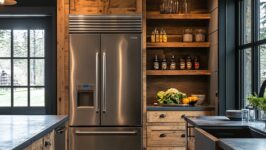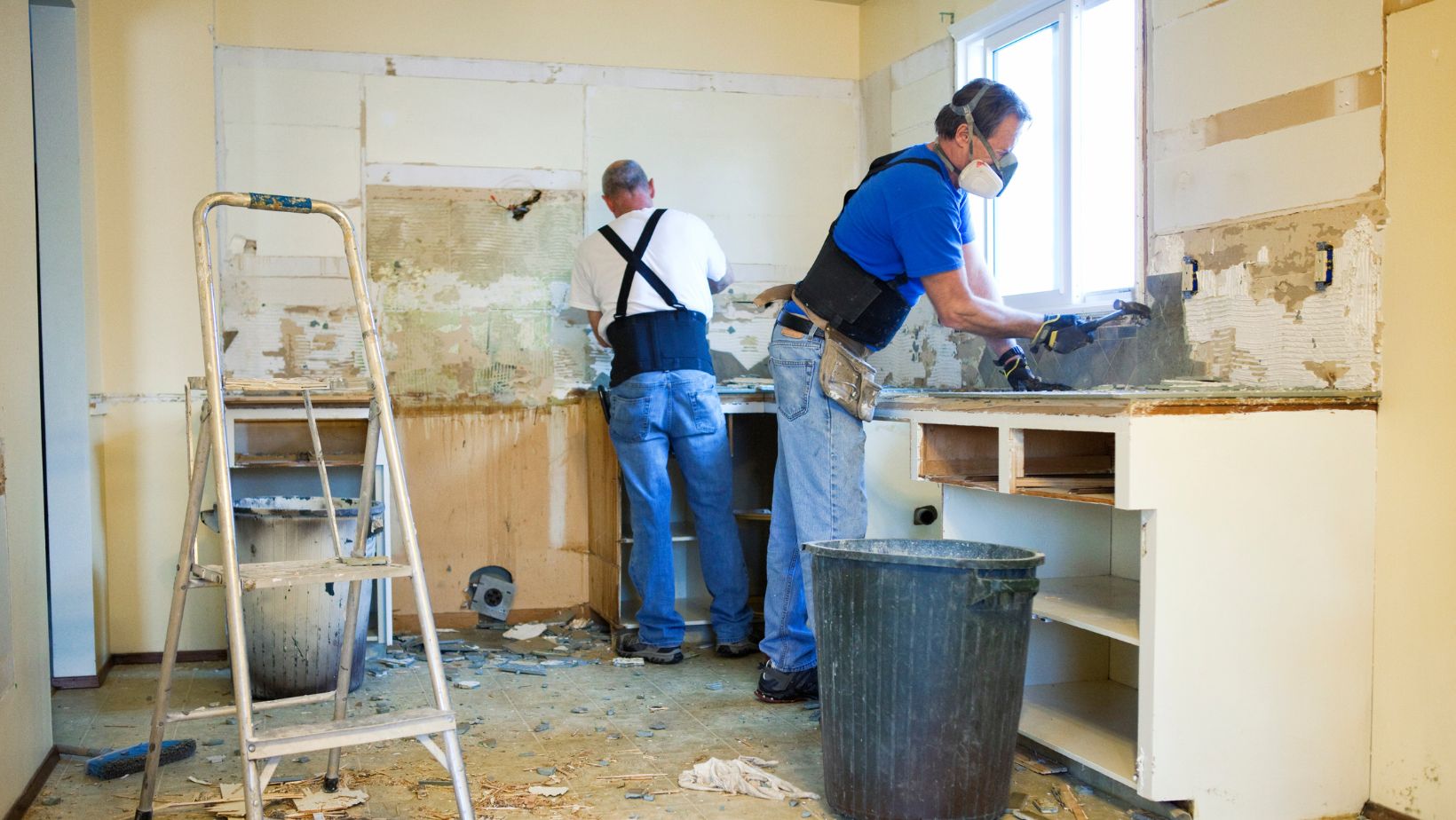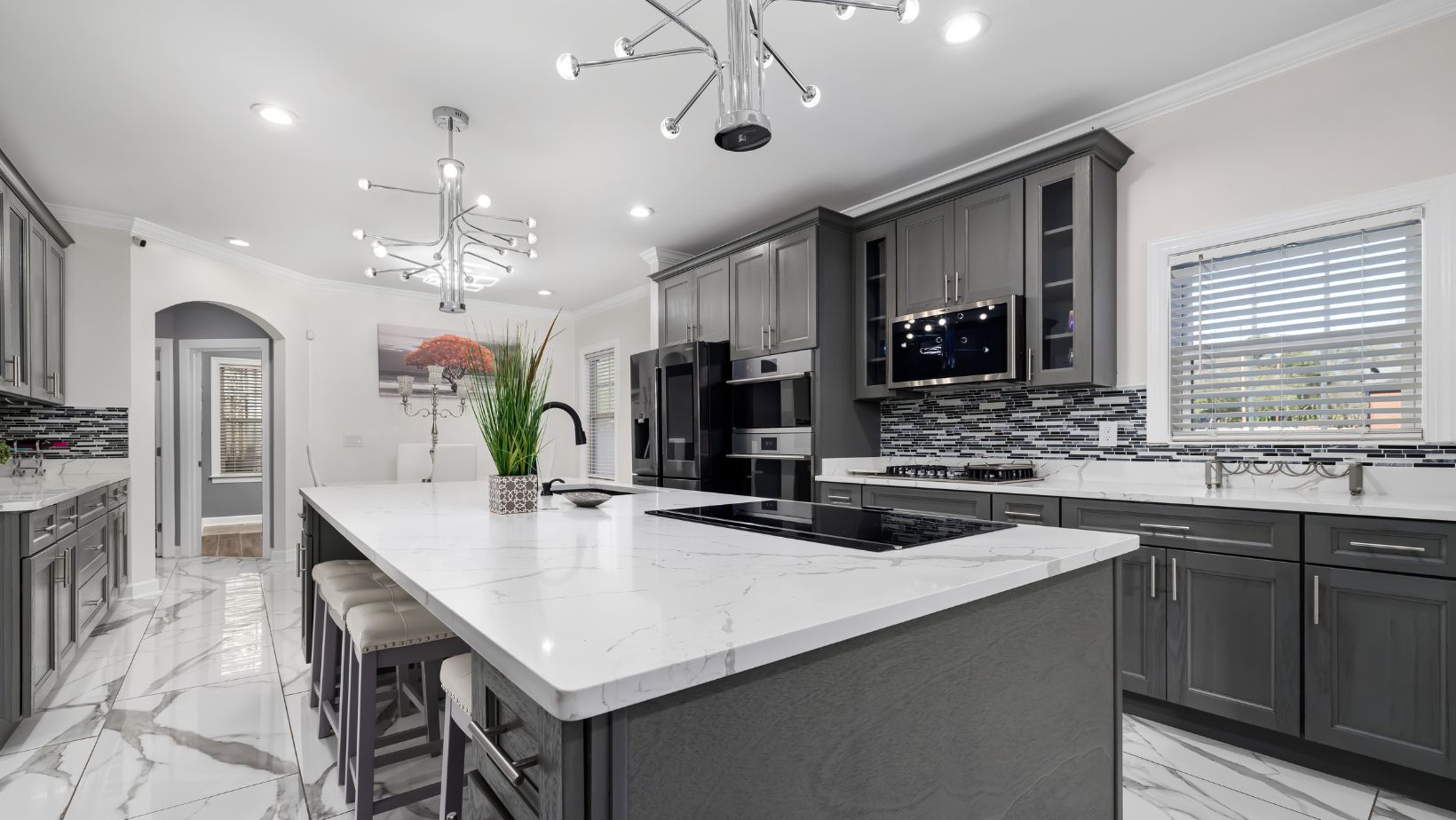
Sustainable Style: How Used Appliance Parts Can Transform Your Kitchen Renovation
When planning a kitchen makeover, sourcing quality used appliance parts can be a game-changer for both your budget and the environment. Many homeowners overlook the potential of reconditioned used appliance parts when upgrading their kitchens, missing out on significant savings and the opportunity to give perfectly functional components a second life in their stylish new space.
The Hidden Treasure in Pre-Loved Appliance Components
Let’s face it – kitchen renovations have a notorious reputation for blowing budgets faster than a toddler can redecorate your living room with crayons. What starts as “just updating the backsplash” somehow morphs into “we might as well replace every appliance while we’re at it.” Before you know it, your modest refresh has mushroomed into a full-scale renovation that’s eating through your savings account like a hungry teenager.
But here’s a little secret that design shows rarely mention: those gleaming new appliances often share internal components with their older counterparts. Manufacturers frequently use the same motors, switches, and control boards across multiple generations of products. The difference? Primarily cosmetic updates and a significantly higher price tag.
Think of it like shopping for vintage furniture – there’s incredible quality hiding beneath that dated exterior, often superior to what’s being produced today. The trick is knowing how to spot the gems amid the junk.
Economic Benefits That Go Beyond Initial Savings
The most obvious advantage of sourcing used appliance parts is the immediate cost savings. Typically, you can expect to pay anywhere from 40-80% less than retail price for components that still have plenty of life left in them. For a comprehensive kitchen renovation, this can translate to hundreds or even thousands of dollars back in your budget.
But the economic advantages extend far beyond the initial purchase. Consider Sarah, a homeowner from Colorado, who needed to replace her high-end refrigerator’s compressor. The manufacturer quoted $700 for the part alone, plus labor. Instead, she sourced a used compressor from a similar model for $175 and worked with a repair service that was willing to install customer-supplied parts.
“I was skeptical at first,” Sarah admits. “But that compressor has been running flawlessly for over three years now. The money I saved went toward upgrading my kitchen lighting instead – something I enjoy every single day.”
 This illustrates an important point about kitchen renovations: every dollar saved on functional essentials can be redirected toward design elements that significantly impact your daily enjoyment of the space.
This illustrates an important point about kitchen renovations: every dollar saved on functional essentials can be redirected toward design elements that significantly impact your daily enjoyment of the space.
Environmental Impact: Renovation with a Conscience
For the environmentally conscious homeowner, using recycled appliance parts offers substantial ecological benefits. When you give a perfectly functional part a second life, you’re directly reducing:
- Raw material extraction for new components
- Energy consumption in manufacturing
- Packaging waste
- Transportation emissions
- Landfill burden from discarded appliances
To put this in perspective, a typical refrigerator contains about 125 pounds of steel, along with various plastics, copper, aluminum, and other materials. By salvaging components, you’re participating in a form of micro-recycling that significantly reduces your renovation’s environmental footprint.
The refrigerator compressor mentioned earlier weighs approximately 20 pounds. By reusing this single component, Sarah prevented not only the manufacturing emissions of a new part but also kept the old one from contributing to the estimated 9 million refrigerators and freezers disposed of annually in the United States alone.
Finding Quality Parts: The Treasure Hunt
The key challenge with used appliance parts isn’t availability – it’s knowing where to look and how to evaluate quality. Unlike shopping for new components, where everything comes with a warranty and standardized condition, the used market requires a bit more savvy.
Start your search with reputable sources:
- Appliance salvage specialists who test components before selling
- Repair shops that maintain inventories of parts from appliances deemed beyond economic repair
- Online marketplaces specifically focused on appliance components
- Local repair technicians who may have access to parts from decommissioned units
When evaluating potential parts, ask these critical questions:
- What’s the estimated remaining lifespan?
- Does it come with any form of guarantee?
- What visible signs of wear should I look for to assess condition?
- Is there a return policy if the part doesn’t function as expected?
An experienced kitchen renovator named Michael shares his strategy: “I always look for parts that come from higher-end models that were replaced for cosmetic reasons or because repairing the entire appliance wasn’t economically viable. These often have components that were built to last much longer than they’ve been used.”
Integration with Modern Design Aesthetics
The beauty of using salvaged appliance parts is that most remain hidden within the appliance while allowing you to update the exterior to match your design vision. This approach gives you the best of both worlds: reliability and cost-effectiveness on the inside, with contemporary aesthetics on the outside.
For visible components, consider these creative approaches:
- Refinishing metal parts with contemporary paint finishes
- Adding new knobs or handles to older control mechanisms
- Incorporating custom panels that conceal older components
- Using strategic lighting to highlight updated elements while minimizing dated features
Interior designer Elena Rodriguez explains, “We recently completed a kitchen where the client saved over $3,000 by keeping their refrigerator’s internal components but replacing the door panels and handles. The result was indistinguishable from a brand-new model but cost a fraction of the price.”
The DIY Advantage: Learning Through Repair
Beyond the financial and environmental benefits, working with used appliance parts offers another significant advantage: the opportunity to develop valuable DIY skills. When you replace a component yourself, you gain insight into how your appliances function, making future troubleshooting and maintenance far easier.
Kitchen renovation veteran Tom describes his journey: “I started with something simple – replacing the heating element in my oven. The confidence I gained from that one repair led me to tackle increasingly complex projects. Now, I can diagnose most appliance issues in minutes, saving hundreds in service calls each year.”
The confidence I gained from that one repair led me to tackle increasingly complex projects. Now, I can diagnose most appliance issues in minutes, saving hundreds in service calls each year.”
For those new to appliance repair, start with:
- Straightforward mechanical parts like knobs, handles, and shelving
- Non-electrical components such as gaskets and seals
- Simple electrical elements like light bulbs and some heating elements
As your confidence grows, you can graduate to more complex components such as timers, pumps, and motors. Just remember to always prioritize safety by disconnecting power sources before beginning any repair.
Planning for Long-Term Success
To maximize your success with used appliance parts, incorporate these strategies into your kitchen renovation planning:
- Assess your existing appliances before renovation begins. Identify which ones have life left in their core components even if aesthetics are dated.
- Research common failure points for your specific appliance models to anticipate which parts might need replacement in the future.
- Consider establishing relationships with local repair professionals who can provide guidance on part selection and perhaps even installation assistance.
- Create a dedicated storage space for any working parts you remove during renovation. These can serve as backups or be sold to others pursuing similar projects.
- Document your appliance models, part numbers, and maintenance history in a dedicated home management system for easy reference.
This proactive approach transforms appliance maintenance from a dreaded emergency expense into a manageable aspect of home ownership.
Conclusion: Balancing Function, Style, and Sustainability
The thoughtful incorporation of used appliance parts into your kitchen renovation represents a rare win-win-win scenario: your budget benefits, the environment benefits, and you still achieve the updated aesthetic you desire.
As we collectively move toward more conscious consumption patterns, this approach aligns perfectly with the growing emphasis on sustainable living without sacrificing style or function. Your renovated kitchen can stand as a testament to smart resource utilization while still delivering the contemporary design elements that make the space a joy to use.
The next time you begin planning a kitchen update, consider looking beyond brand-new components to the wealth of quality, affordable options available in the used parts market. Your wallet—and the planet—will thank you.




